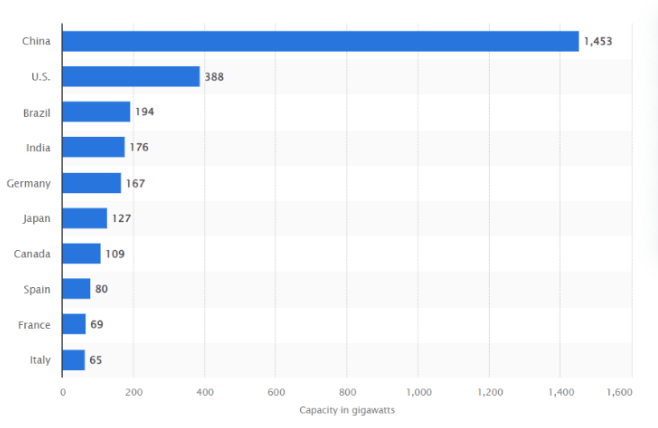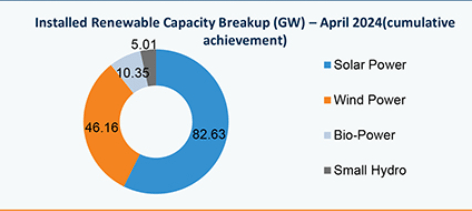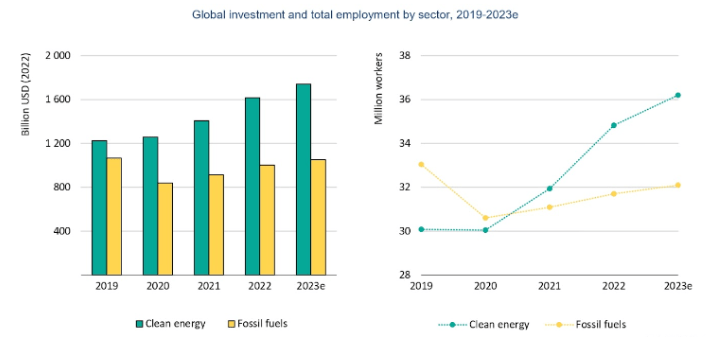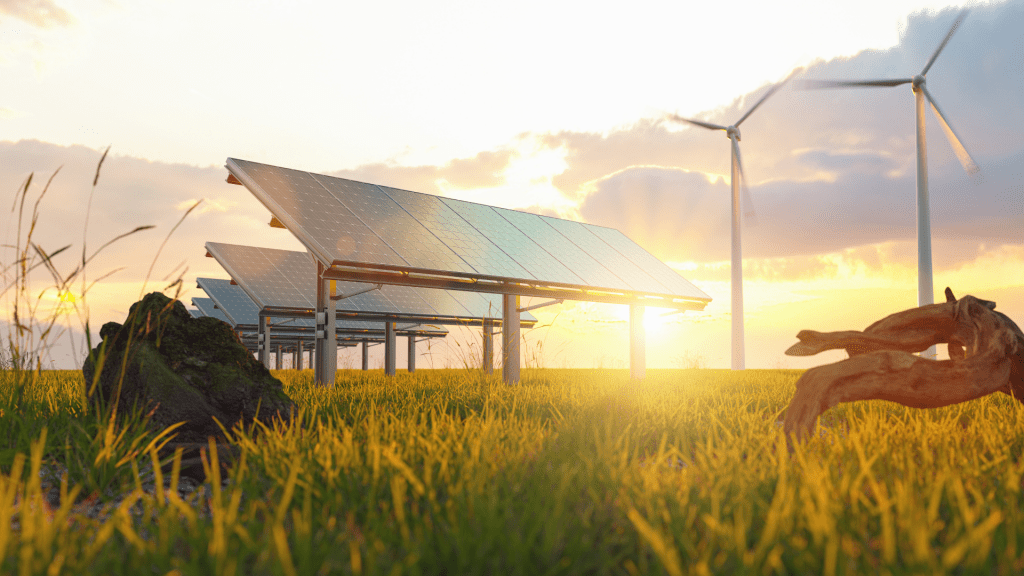A quiet revolution is underway, with a select group embracing a sustainable lifestyle. These pioneers are not only reducing their carbon footprint but also their electricity bills. By generating their own renewable energy, they’re becoming mini powerhouses, selling excess electricity back to the grid. This trend is a testament to the growing appeal of renewable energy and its potential to reshape our energy landscape.
This week’s The People Weekly will delve into the burgeoning renewable energy sector and its positive impact on our planet and the global economy. The People Weekly, powered by PeopleLogic, one of the top recruiting firms in India, is committed to providing insightful articles on industry trends and technologies. We aim to empower our readers with the knowledge they need to make informed business decisions in this evolving field.
Renewable Energy Sector – The Story Till Now
It has been found that almost three fourths of global greenhouse gas emissions come from burning fossil fuels, not to mention the air pollution that is responsible for 5 million premature deaths every year. The need to reduce CO2 emissions and carbon footprint, the pressing threats of climate change, dwindling fossil fuel reserves, and rising energy demand are driving a global shift towards renewable energy adoption.
Global Trends
Globally, the renewable energy sector has seen tremendous growth over the past two decades.The renewable energy market is projected to grow at a CAGR of 7.09% to reach 5.98 TW by 2029. The Asia-Pacific region is poised to lead the way in renewable energy growth, with India and China as key drivers.
Some of the top countries that installed renewable energy capacities in 2023 are China, USA, Brazil, India, Germany, Japan etc

The different types of renewable energy are
- Solar energy
- Wind energy
- Hydropower
- Geothermal
- Biomass energy
- Ocean energy
China and Canada are the two countries generating maximum hydropower energy in the world, whereas China and the US have maximum solar energy installations.
India’s Renewable Energy Journey
India’s renewable energy sector has grown remarkably over the past decade, positioning the country as one of the leading nations in clean energy adoption. To add to it the ambitious target of achieving net zero carbon emissions by 2070 and also to achieve 50% of all electricity needs via renewable energy by 2030 has catalyzed the process of adoption of renewable energy .
Currently India stands 4th in the world for wind and solar power capacity. As per IBE, India has 125.15 GW of renewable energy capacity in FY23 .
Quoting IBEF ,
- As of March 2024, Renewable energy sources, including biomass, waste to power and waste to energy, have a combined installed capacity of 143.64 GW.
- As of April 2024, 43.28 % of the total power installed capacity is from non-fossil-based sources.
- India’s installed renewable energy capacity is expected to increase to about 170 GW by March 2025 from the level of 135 GW as of December 2023, according to research agency ICRA.
- The country is targeting about 450 Gigawatt (GW) of installed renewable energy capacity by 2030 – about 280 GW (over 60%) is expected from solar.
This speaks volumes about the renewable energy sector in India. Solar power installations have been the most prevalent among renewable energy sources in India , with over 84% of installations belonging to solar power. India is home to some of the largest solar farms in the world, such as the Bhadla Solar Park in Rajasthan. At the same time India who ranks fourth globally in terms of wind power installed capacity have states like Tamil Nadu, Gujarat, and Maharashtra become wind power hubs, alongwith the country’s coastline that offers significant potential for offshore wind energy development.

Major Players & Startups in Indian Renewable Energy Sector
India has witnessed a significant surge in renewable energy adoption, leading to the emergence of several prominent players and innovative startups.
Here are some of the key names in the Indian renewable energy sector:
- Tata Power Solar
- ReNew Power
- Adani Green Energy
- Nextera
- JSW Energy
- Suzlon
- KPI Green Energy
- Hero Future Energy
- Sterling & Wilson
- NTPC Renewable Energy
Impact of Renewable Energy Sector – Economic Growth & Job Creation
The rapid growth of the renewable energy sector has had a profound impact on various aspects of society, the economy, and the environment. As the world increasingly shifts towards cleaner energy sources like solar, wind, hydro, and biomass, the effects are being felt globally in terms of economic development, job creation, environmental sustainability, and energy security. For example the renewable energy sector has the potential to reduce economic inequality by creating jobs in rural and underdeveloped areas. Many renewable energy projects are located in regions that have traditionally lagged in terms of economic development. By providing employment and infrastructure development in these areas, the renewable energy sector helps bridge the gap between urban and rural economies.For example, in many parts of Africa, Asia, and Latin America, solar energy projects are bringing electricity to remote communities for the first time. This not only improves the quality of life but also opens up new economic opportunities, such as improved access to education, healthcare, and commerce.

As per a report India has a potential to create 35 million green jobs by 2047.There is an increase in demand for clean energy professionals. In fact, the year 2021- 2022 saw 8X more hiring in the renewable energy sector than 2020-21.
Beyond direct employment, the renewable energy sector also generates a significant number of indirect jobs. These include positions in industries that supply materials and services to renewable energy projects, such as steel production for wind turbine towers, the manufacture of batteries for energy storage, and transportation services for delivering equipment. In this way, the renewable energy sector helps support a wide range of industries, further multiplying its economic impact.
PeopleLogic Opinion
The global renewable energy market is experiencing rapid growth, driven by factors such as increasing energy demand, environmental concerns, and technological advancements. India has emerged as a major player in this sector, with ambitious targets and significant investments in renewable energy projects. The future of renewable energy looks bright, and it is poised to play a crucial role in shaping a sustainable and low-carbon future.
The demand for renewable energy professionals will only increase in the days to come as this sector grows. To identify and source specialized clean energy professionals requires experience and expertise supported by industry-specific databases and advanced recruitment technologies. This is where PeopleLogic, one of the top recruiting firms in India emerges as a winner. Through targeted recruitment strategies, including talent mapping, social media outreach, and industry partnerships, PeopleLogic can actively search for talent with expertise in solar, wind, hydropower, and energy storage systems.






